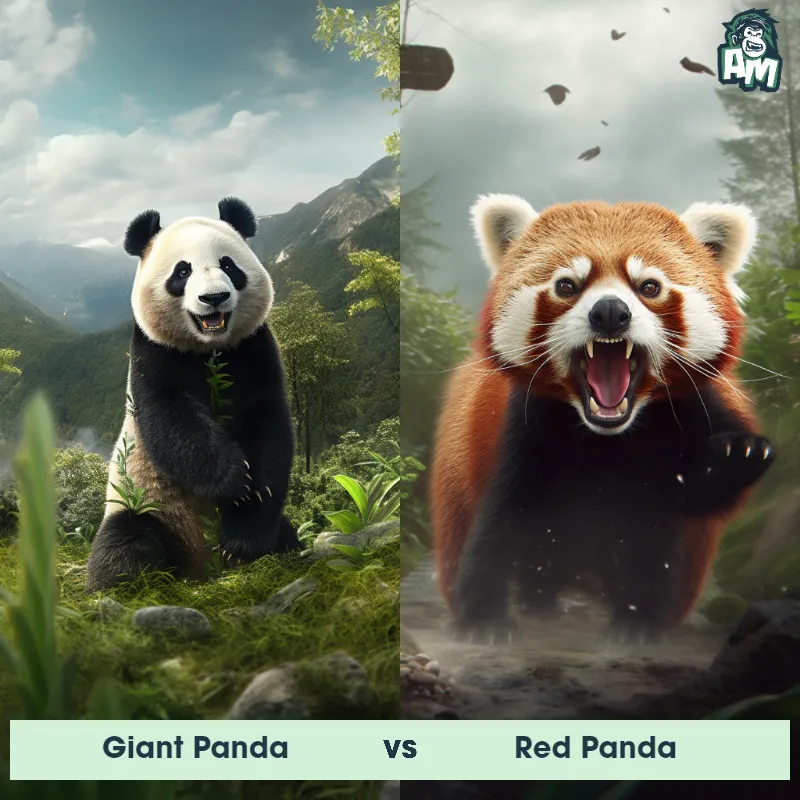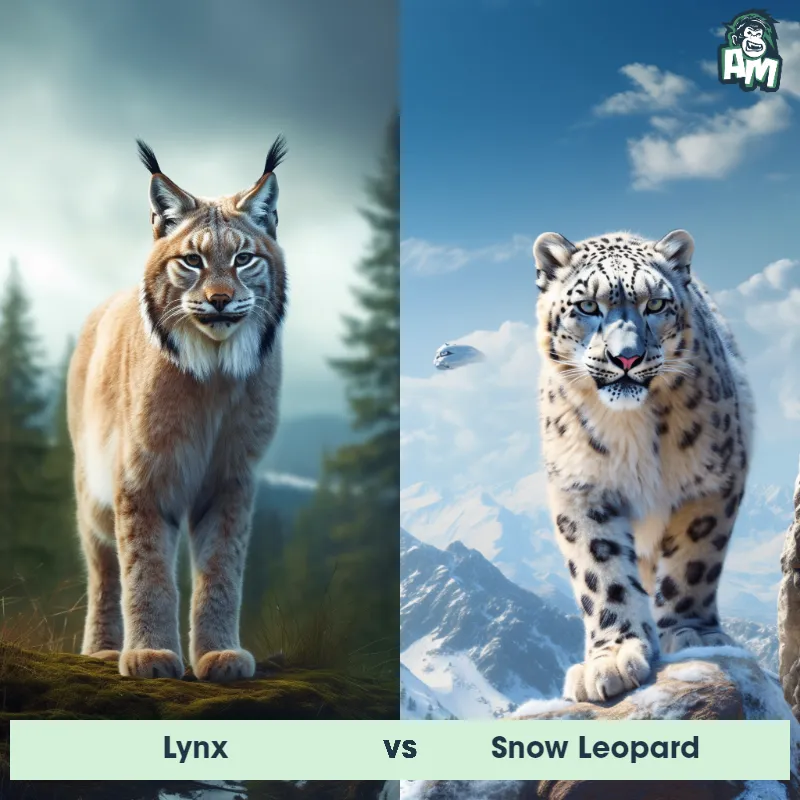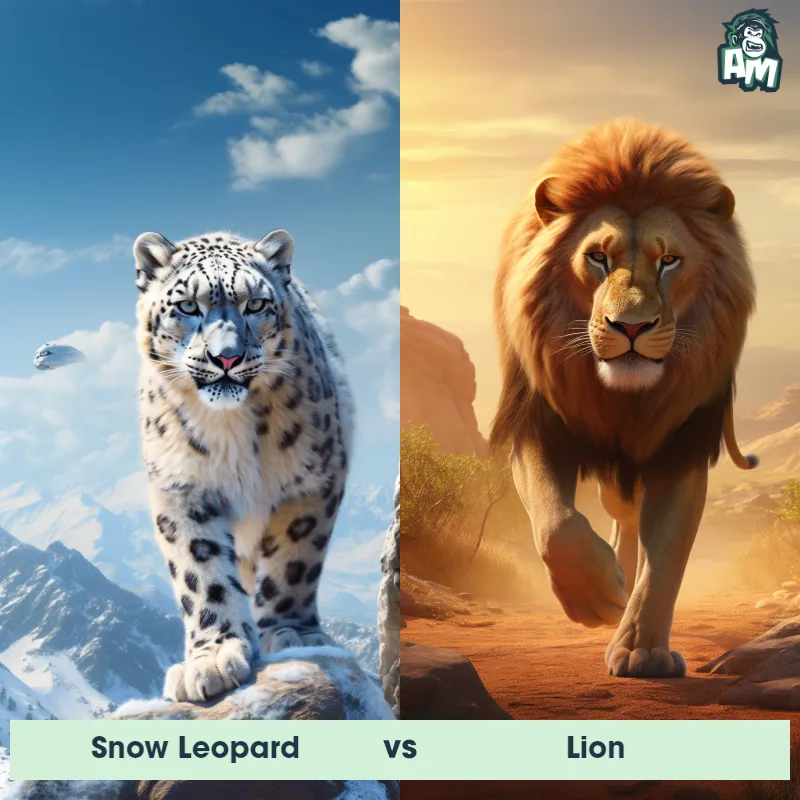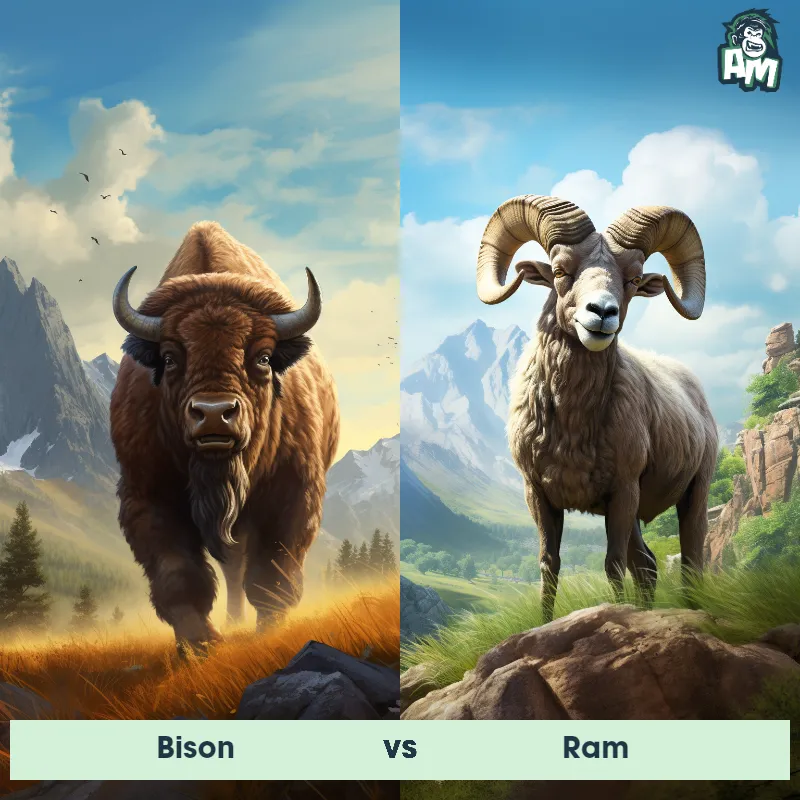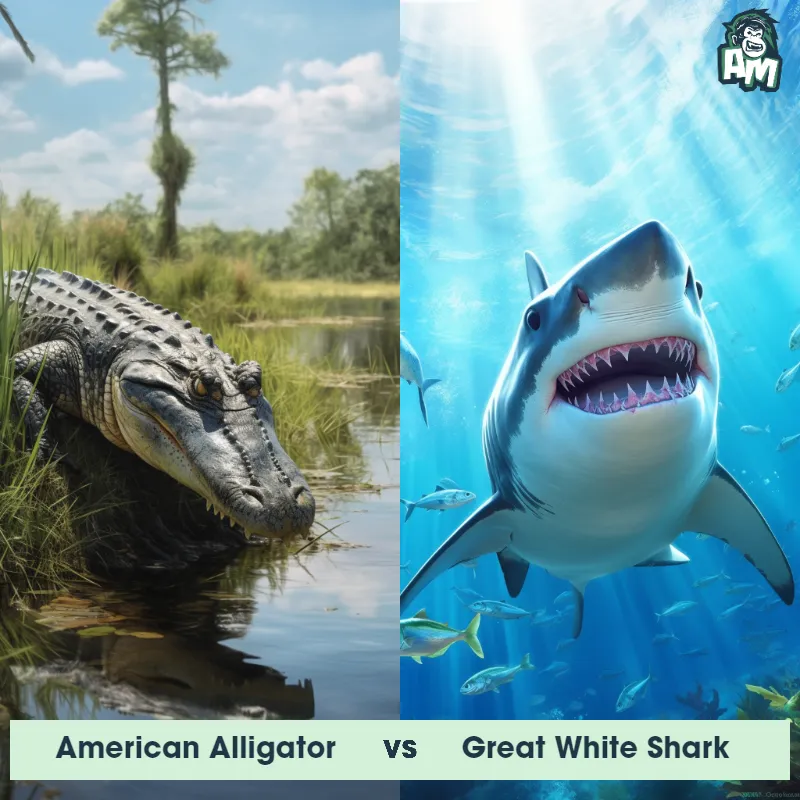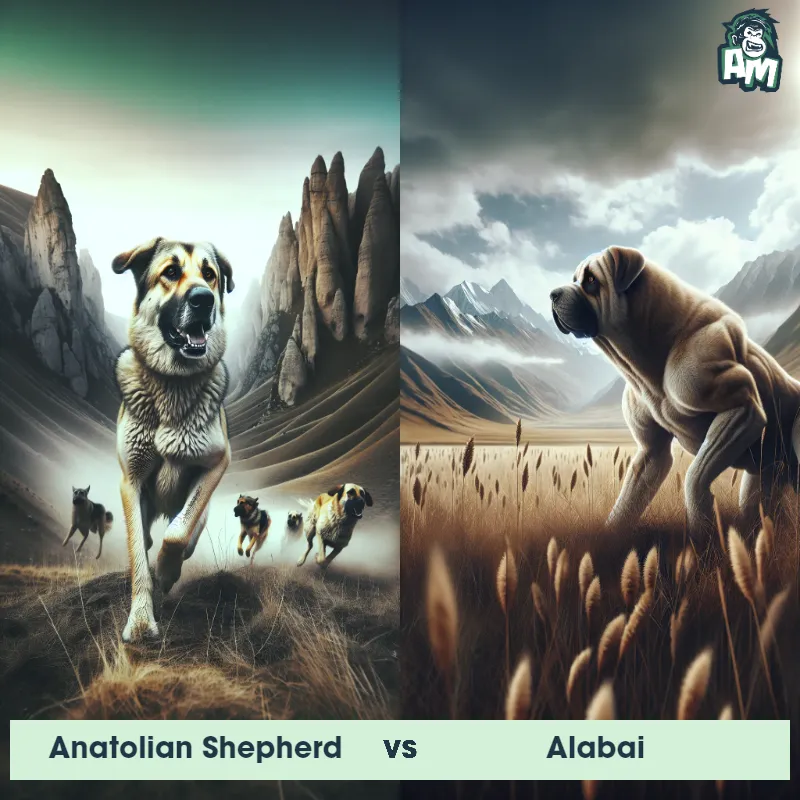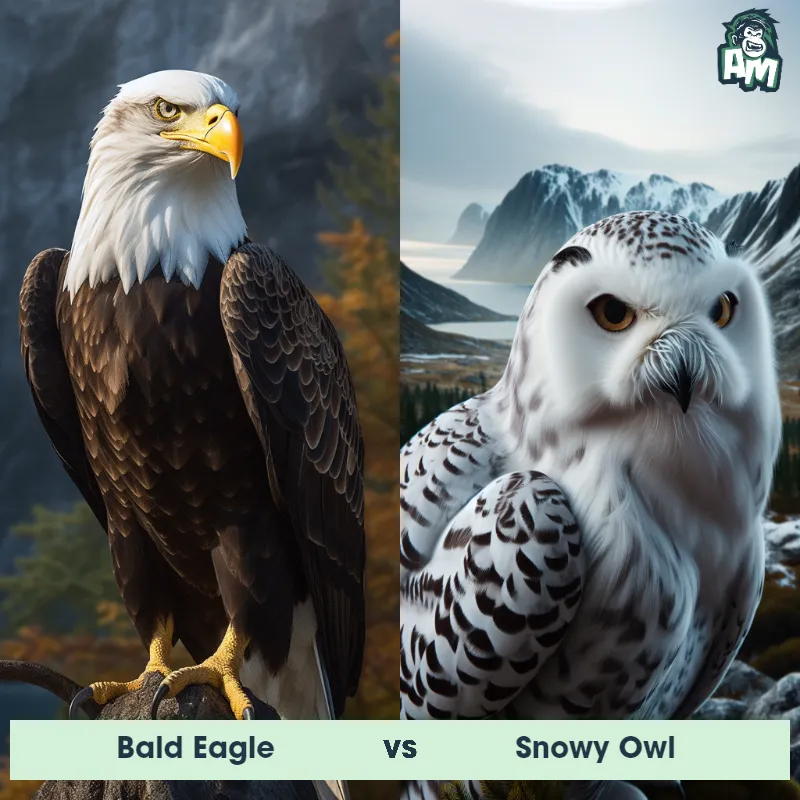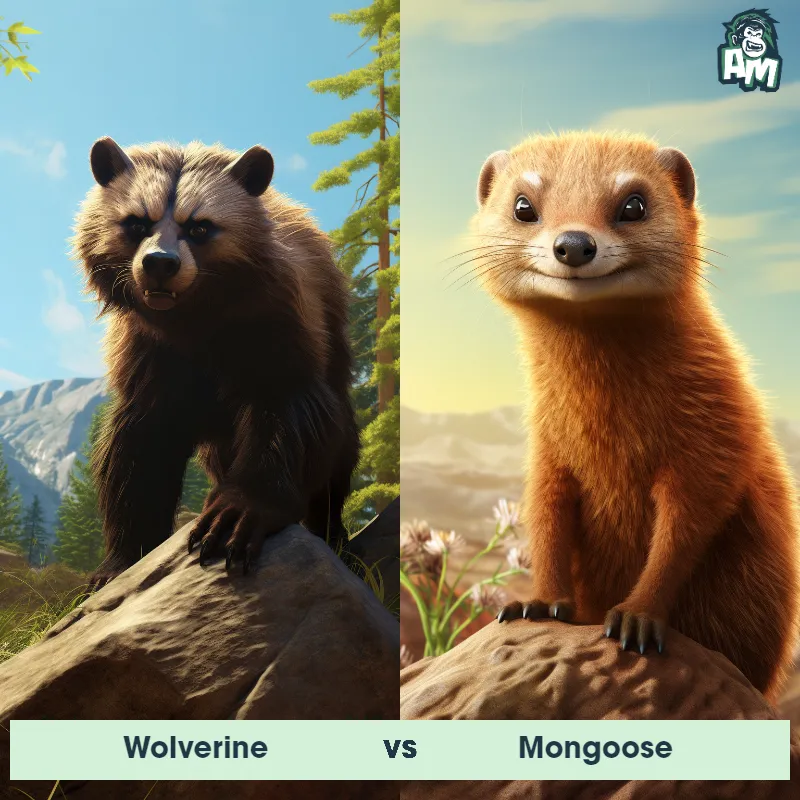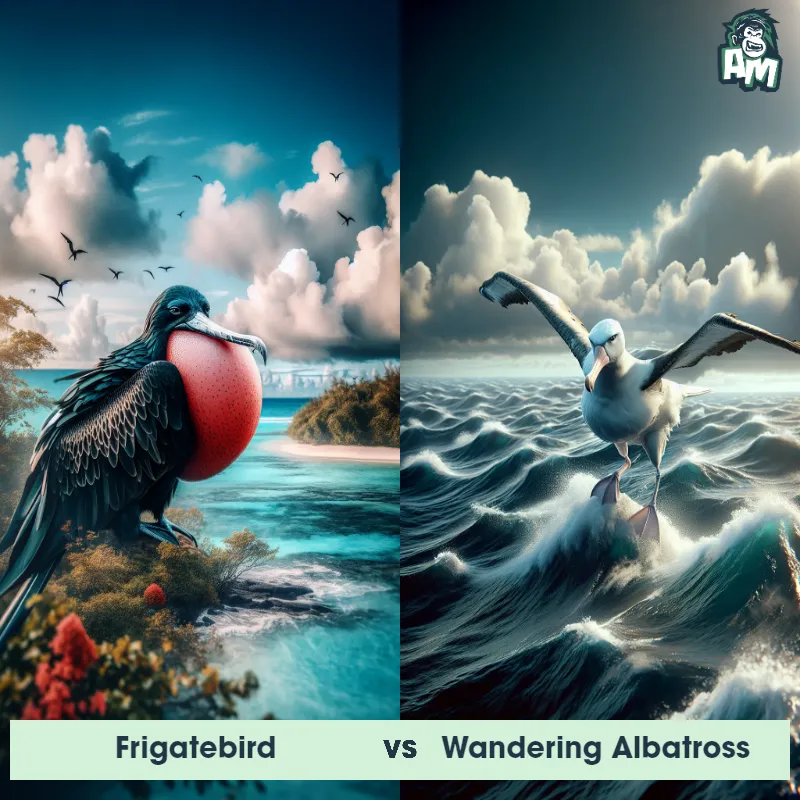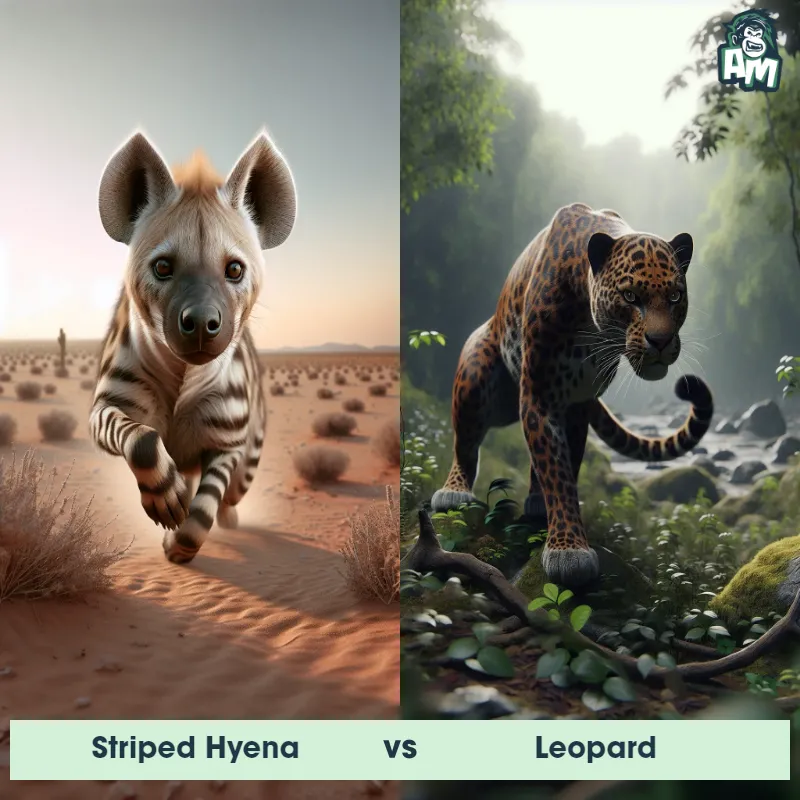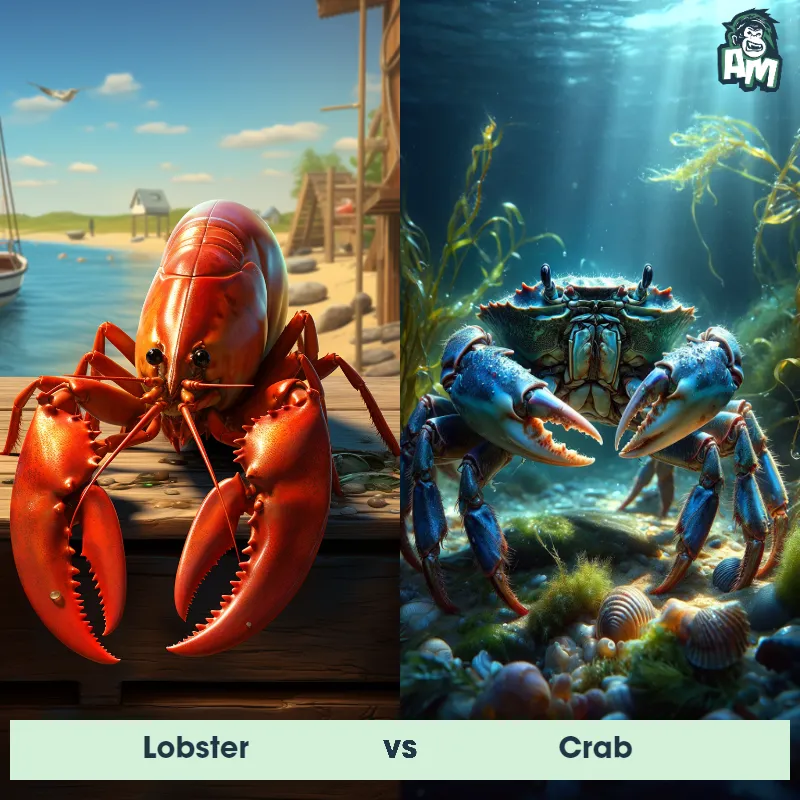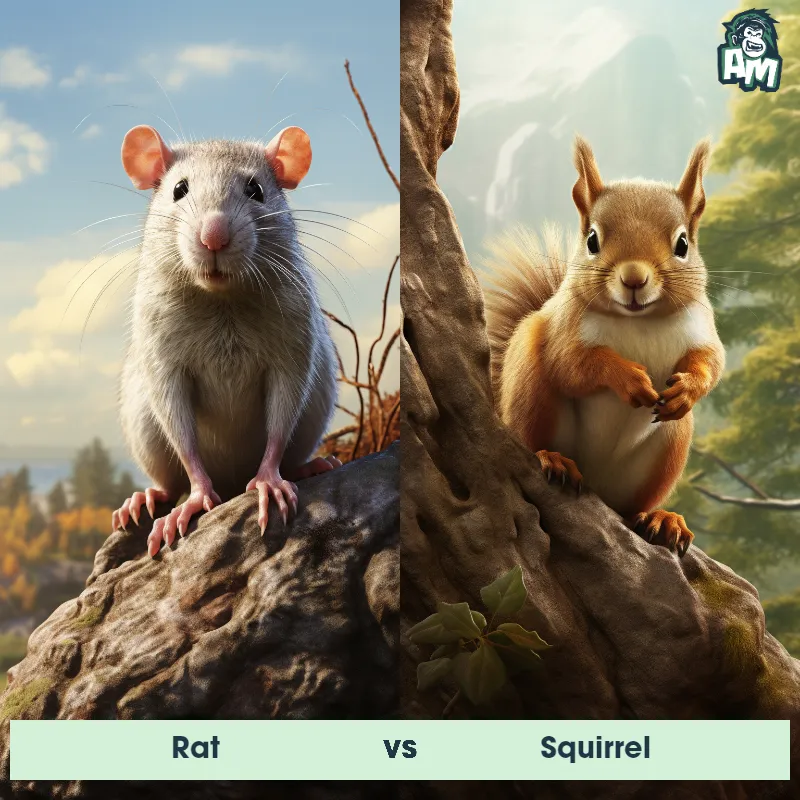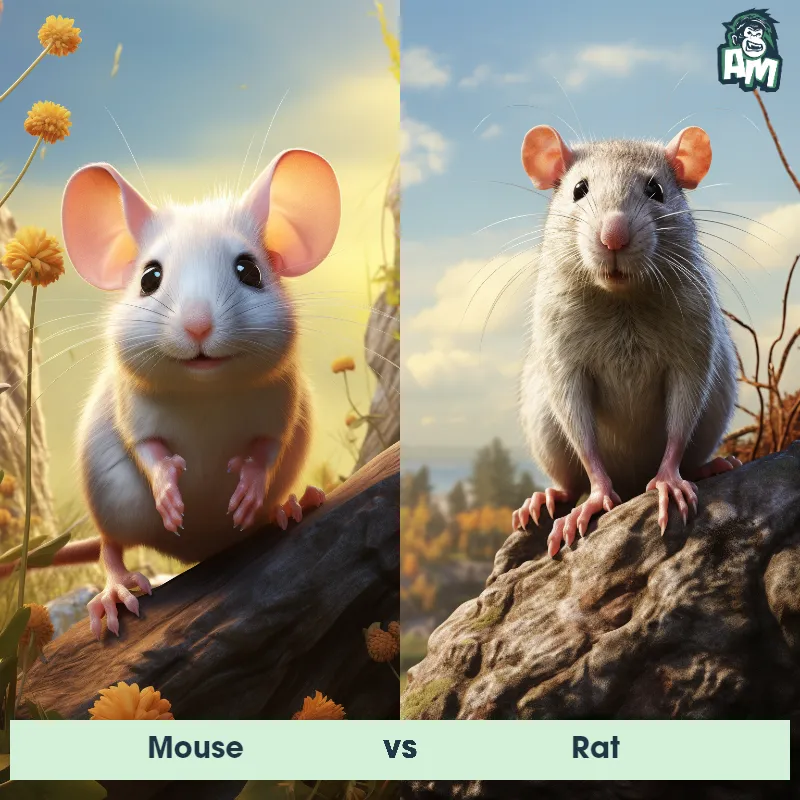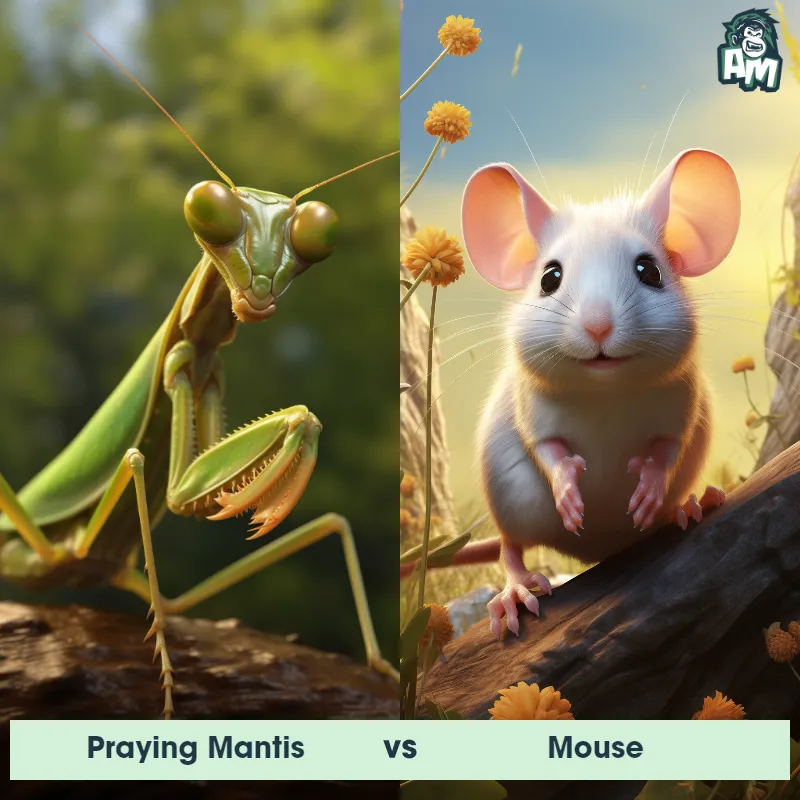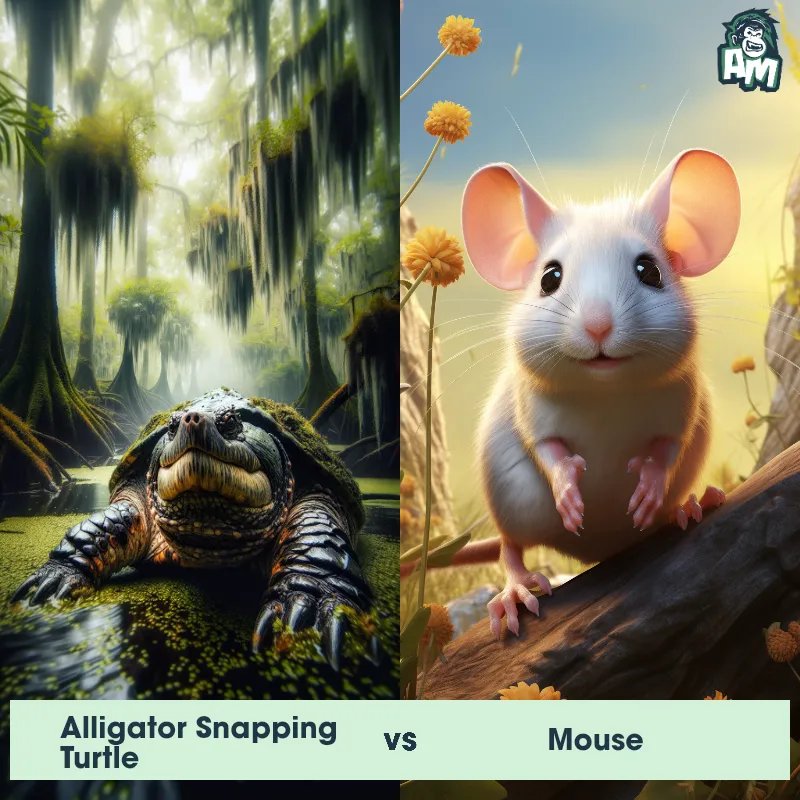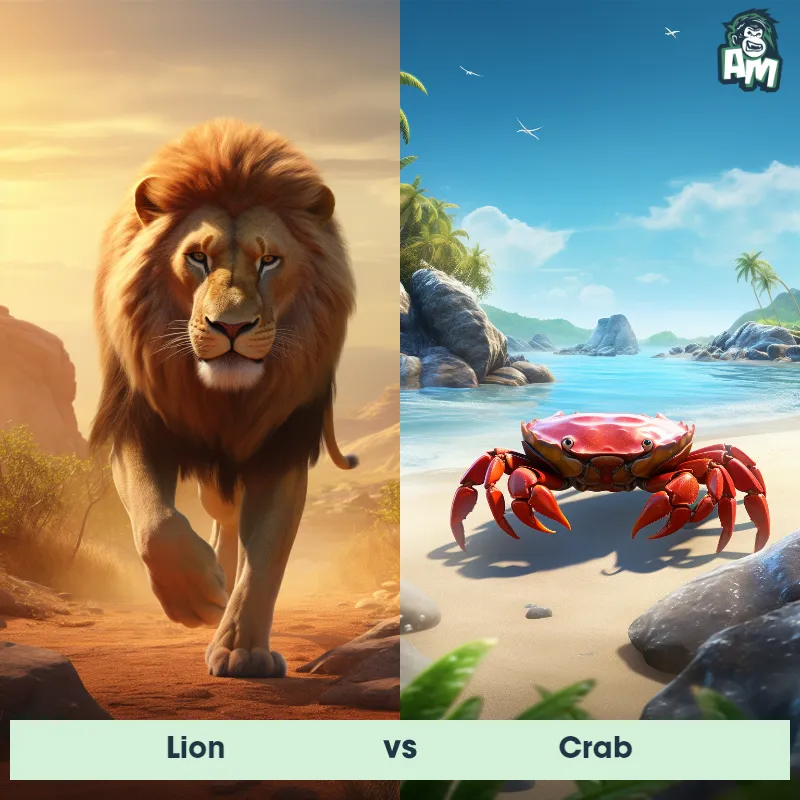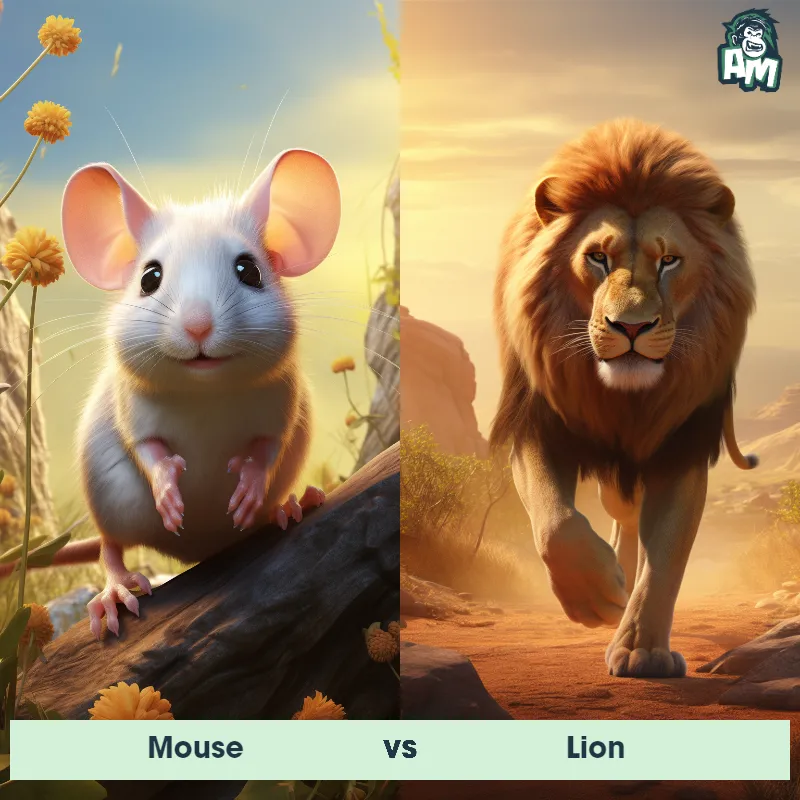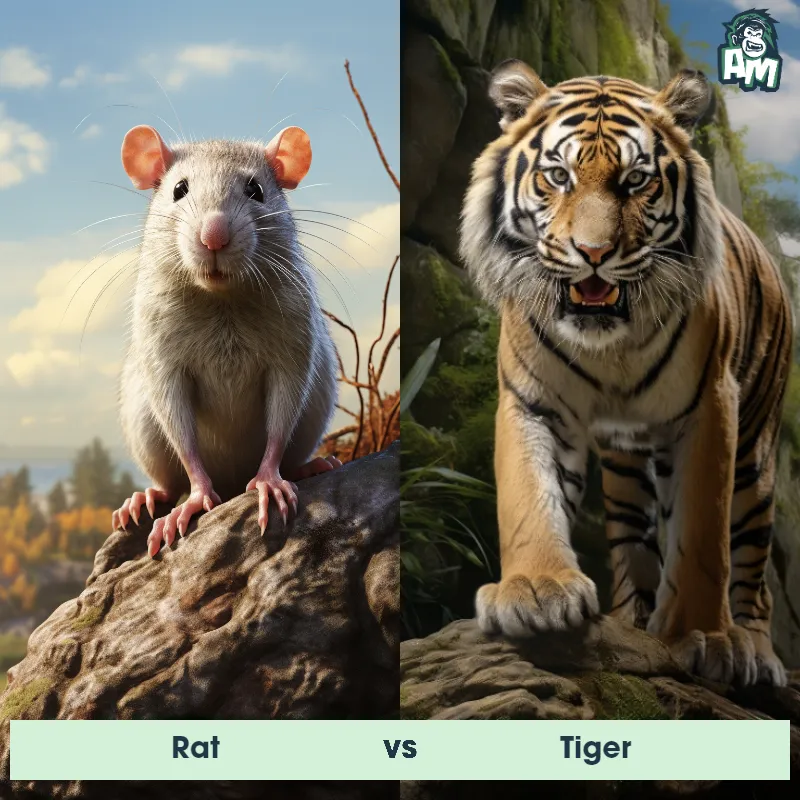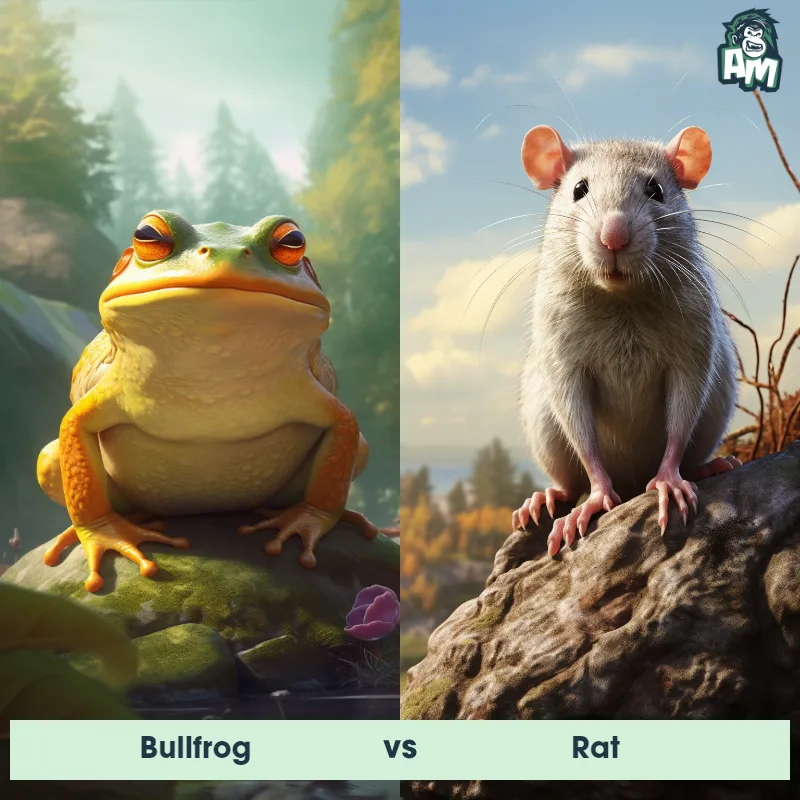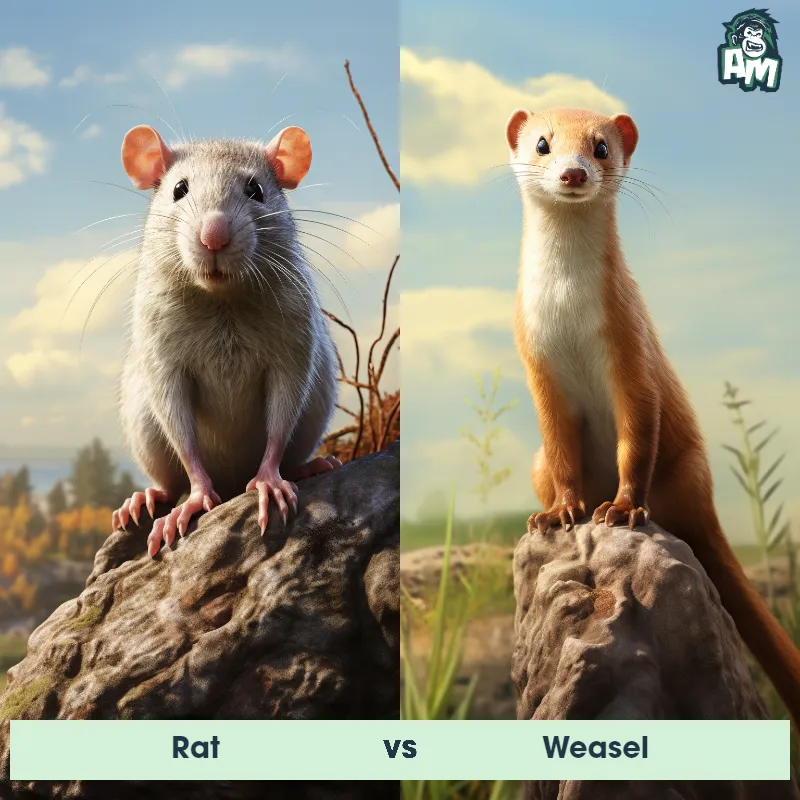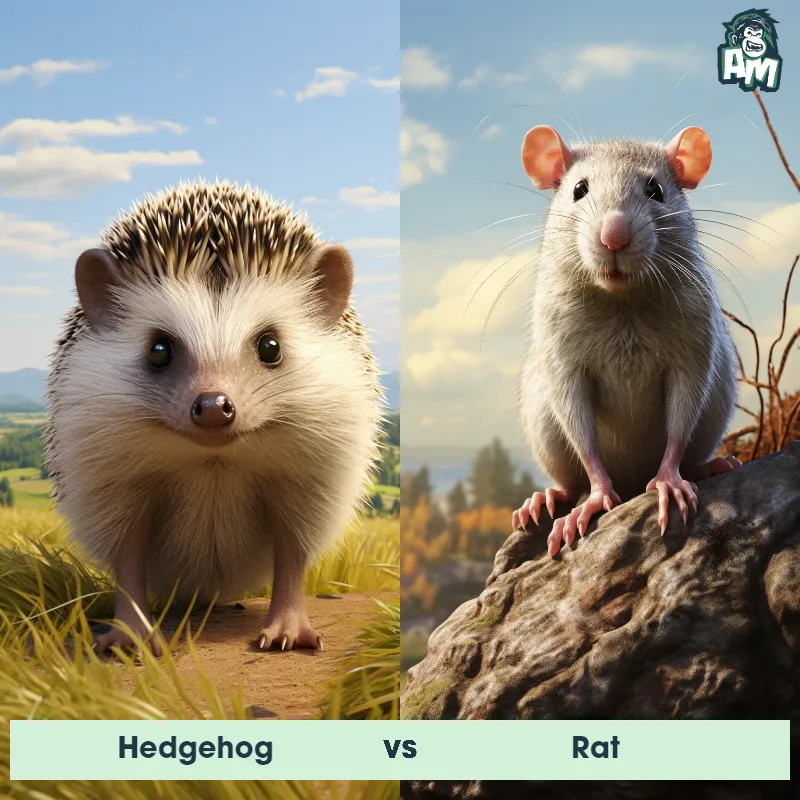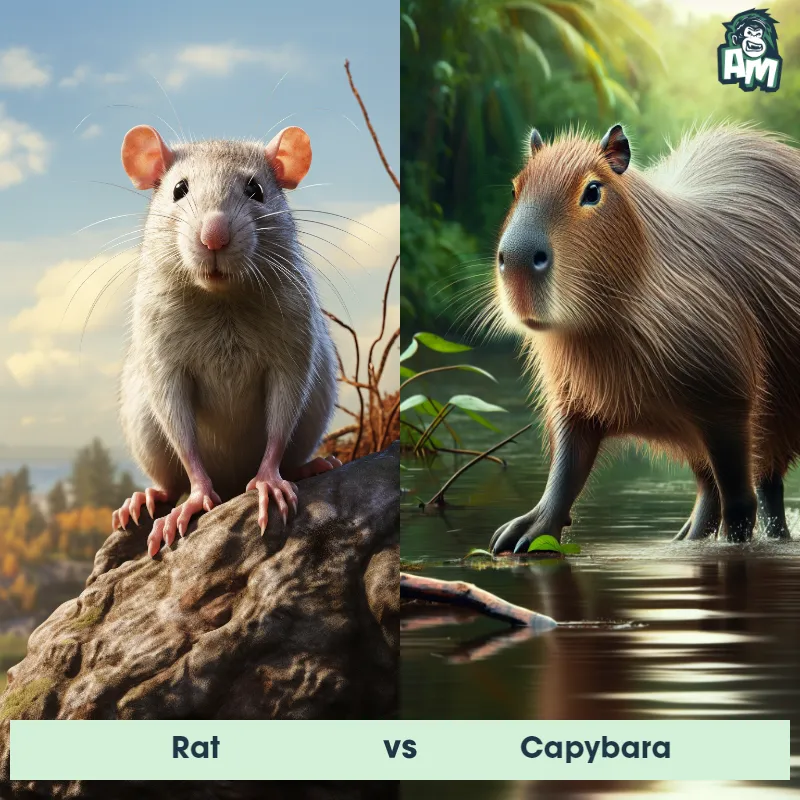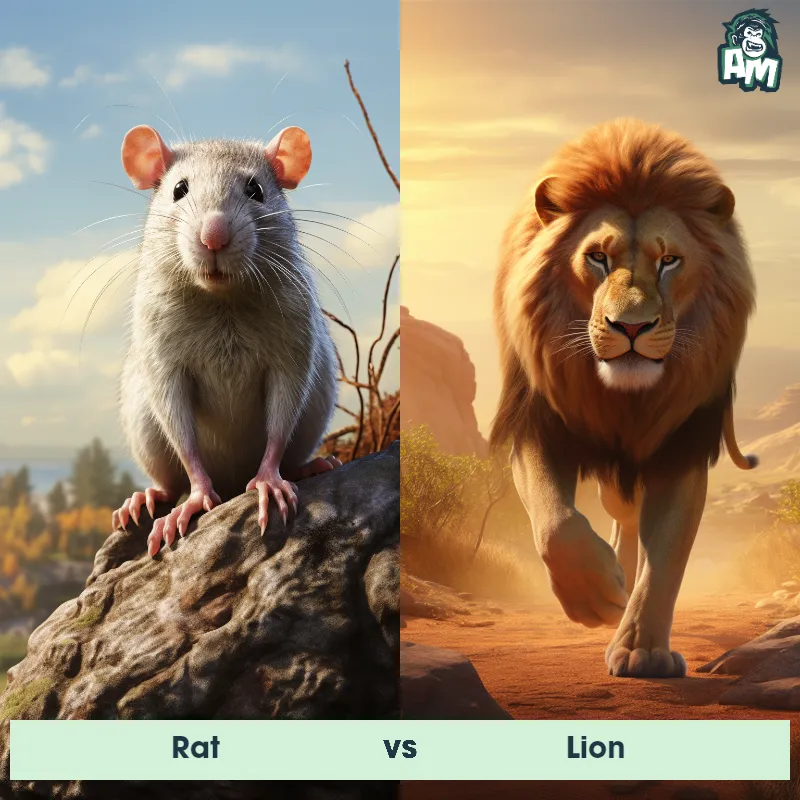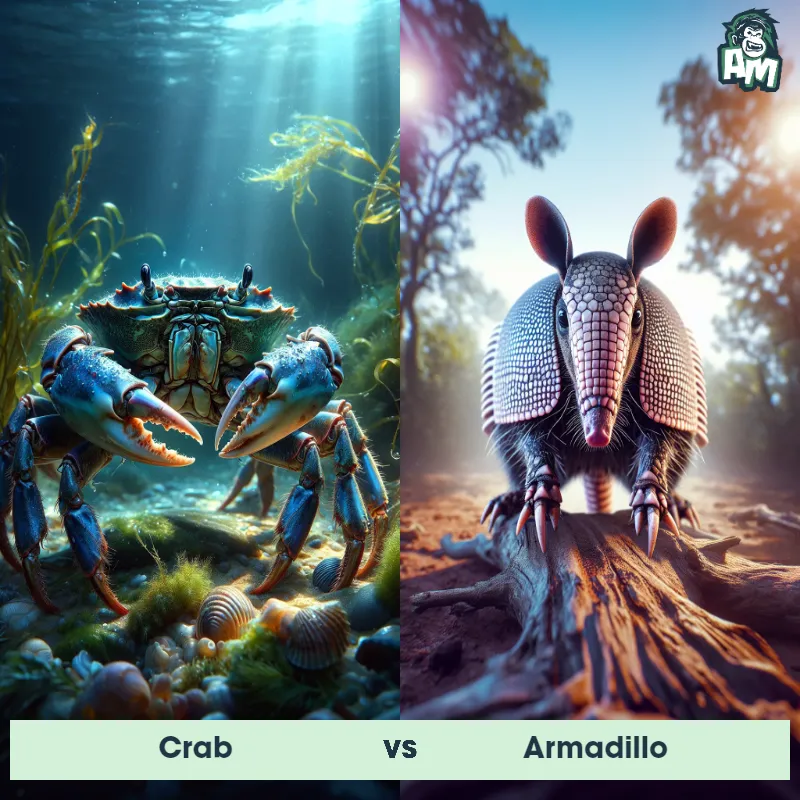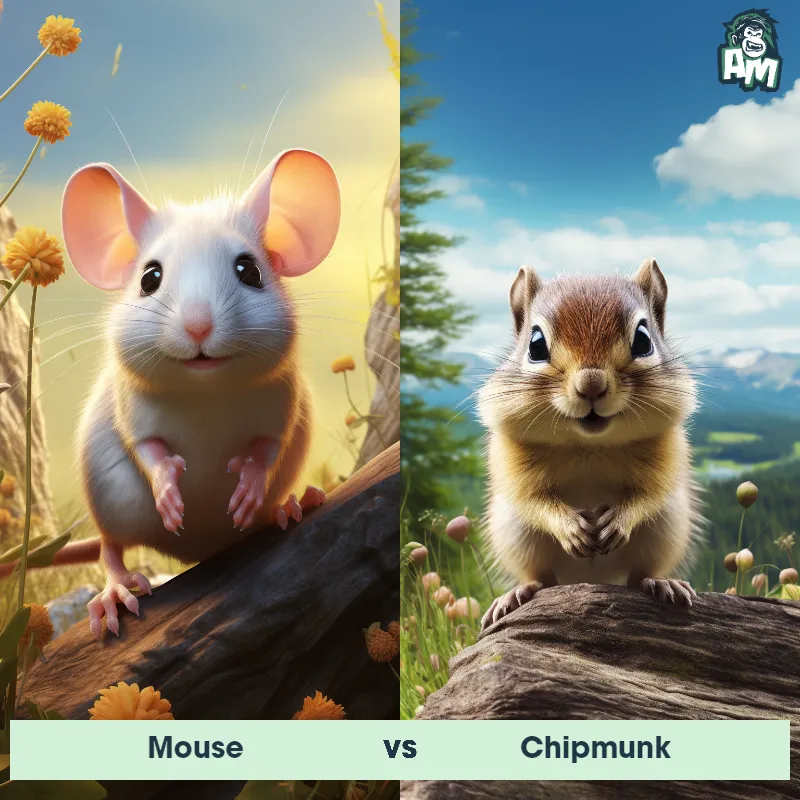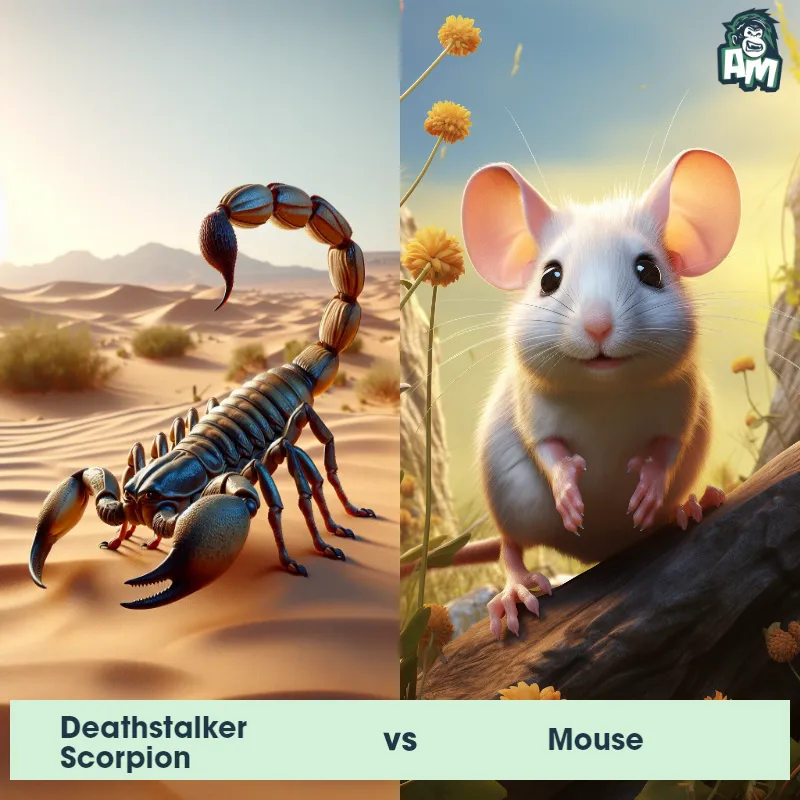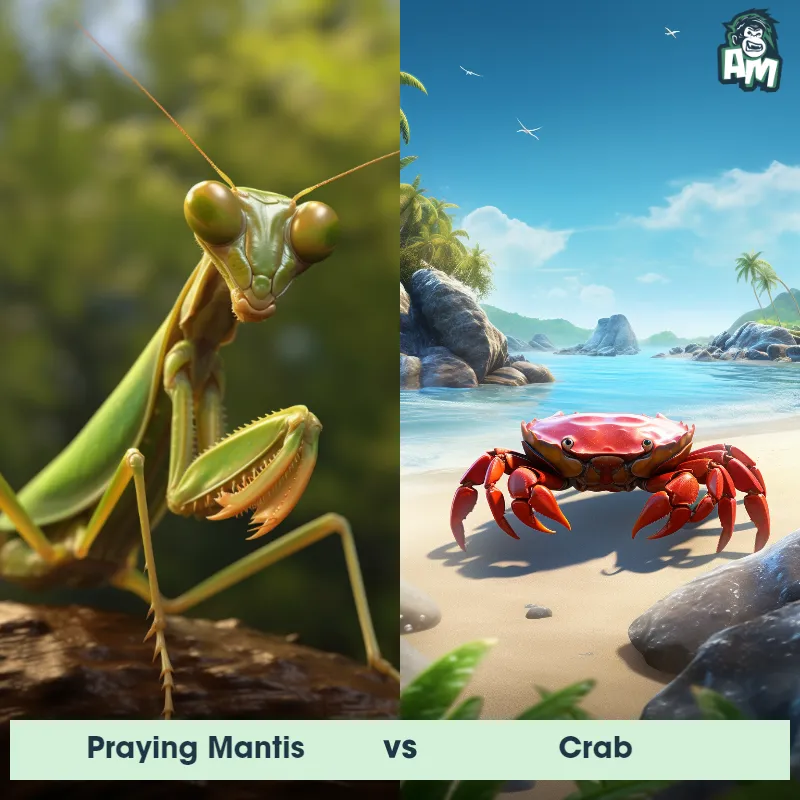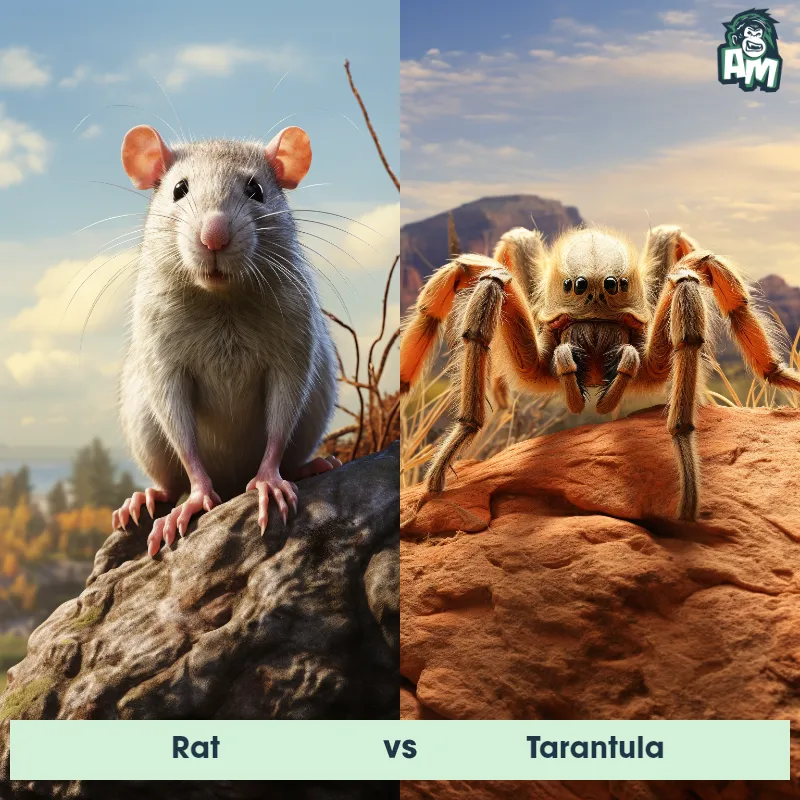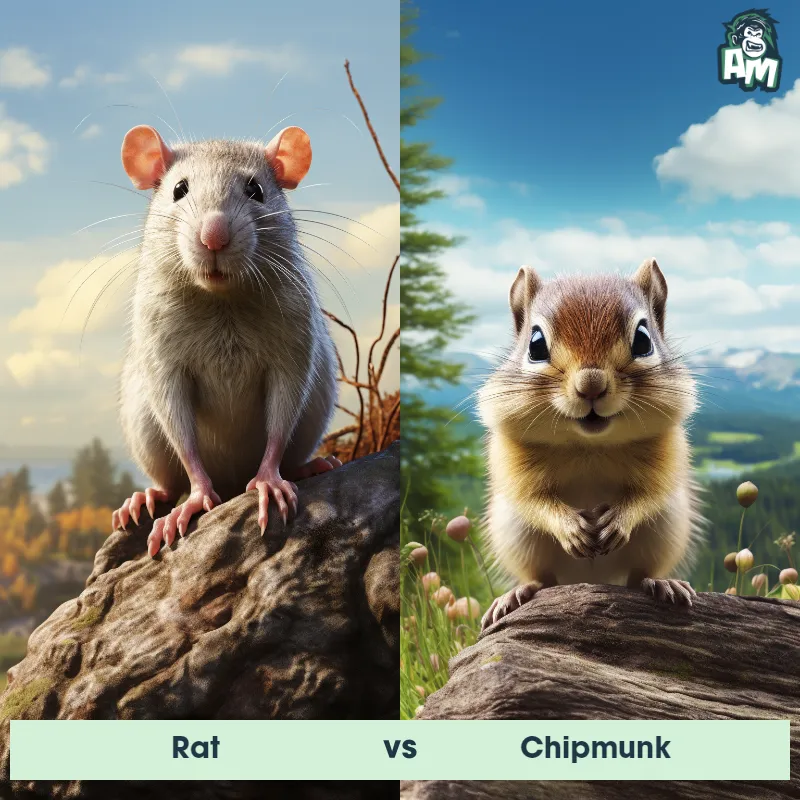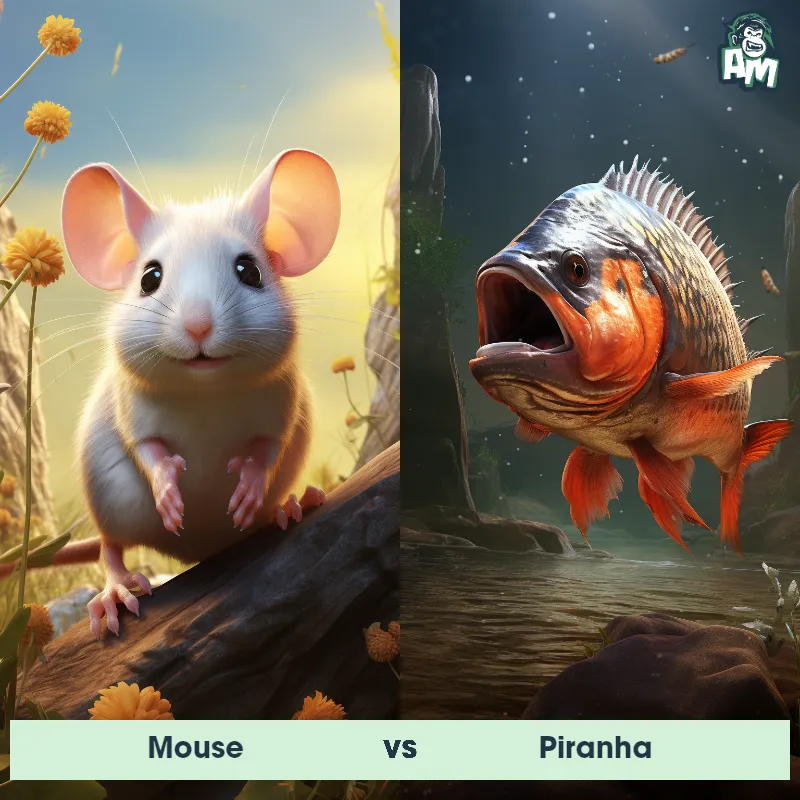Rat vs CrabSee Who Wins
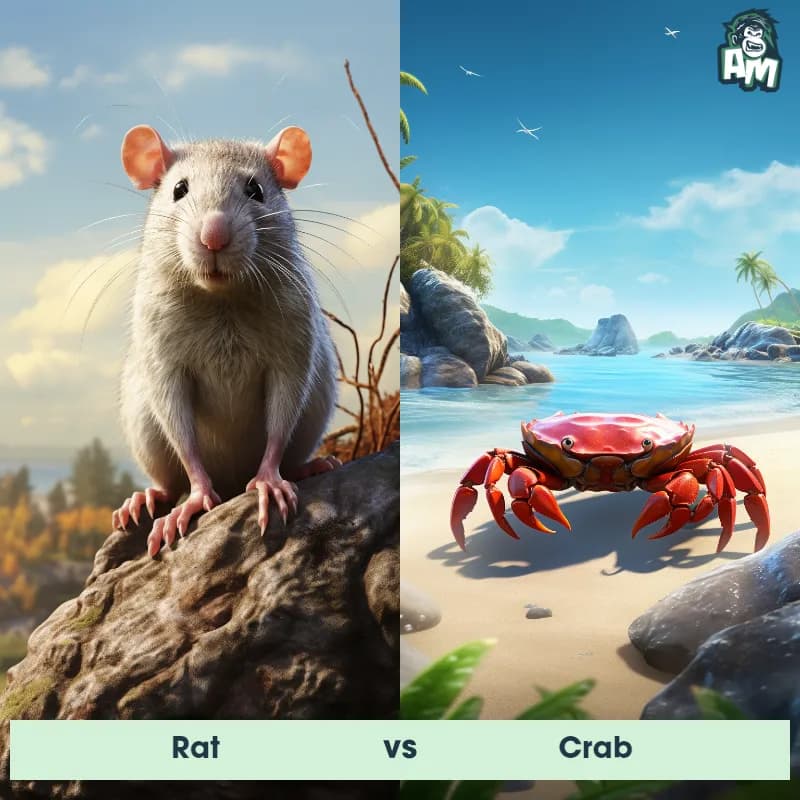
Ladies and Gentlemen, we’re about to kick off an unforgettable duel tonight. A clash of the exoskeleton versus fur, it’s Rat versus Crab, a face-off that promises thrills, chills, and an adrenaline rush!
Contender 1: Rat
The Rat is a medium-sized, long-tailed rodent, renowned for its adaptability to various environments. Common species include the larger brown rat (also known as the Norway rat) and the smaller black rat. Rats typically range from 9 to 11 inches in body length, with a tail length that's about the same. They have robust bodies, pointed snouts, and small, hairless ears. Rats are omnivores, with a diet that can include grains, fruits, vegetables, meat, and eggs, and they have a strong instinct to gnaw, which keeps their constantly growing teeth in check.
Fun Fact: Rats have excellent memories, and once they learn a navigational route, they won't forget it.
Contender 2: Crab
Crabs are decapod crustaceans known for their characteristic thick exoskeleton and a pair of robust claws. They vary in size from the tiny pea crab, a few millimeters wide, to the giant Japanese spider crab, with a leg span of up to 4 meters. Crabs are typically found in the ocean, but some species are also found in freshwater or on land. Notably, crabs are known for their sideways walking, a motion that distinguishes them from other crustaceans.
Fun Fact: Crabs communicate with each other by drumming or waving their pincers, which is not just a sign of aggression, but can also be a part of their mating rituals.
Matchup Stats
| Rat | Crab | |
|---|---|---|
| Size | 9 to 11 inches (22.86 to 27.94 cm) | Varies from a few millimeters to 13 feet (4 meters) leg span |
| Weight | 0.77 to 1.1 lbs (350 to 500 grams) | Varies greatly, up to 44 lbs (20 kg) for the largest species |
| Speed | 7mph (11km/h) | 11 mph (18 km/h) |
| Key Strength | Strong instinct to gnaw | Robust claws |
| Biggest Weakness | Small size and lack of defensive mechanisms | Vulnerable when molting |
Current Votes
Rat vs Crab
See Who Wins
View More Matches
Looking For More?
Similar Matches
Scientific Stats
| Rat | Crab | |
|---|---|---|
| Scientific Name | Rattus | Brachyura |
| Family | Muridae | Decapoda |
| Habitat | Various environments, including urban areas, forests, and fields | Ocean, Freshwater, Land |
| Geography | Worldwide, except for Arctic and Antarctic regions | Worldwide |
| Diet | Omnivorous (grains, fruits, vegetables, meat, eggs) | Omnivores, eat algae, mollusks, bacteria, fungi, and small fish |
| Lifespan | 1 year - 4 years | 1 year - 100 years |
Key Differences between Rat and Crab
- Locomotion: Rats are terrestrial animals that move by running or climbing, using their legs and tail, while crabs are primarily aquatic and move by walking sideways using their legs and pincers.
- Skin texture: Rats have fur covering their body, which can vary in color and length, while crabs have a hard, shell-like exoskeleton that provides protection and comes in various colors and patterns.
- Size: Rats are generally larger than crabs, with an average rat measuring around 9-11 inches in length, while crabs range from a few centimeters to several feet, depending on the species.
- Head structure: Rats have a small, rounded head with a pointed snout, whereas crabs have a wide, flat head with two stalked eyes and two pairs of antennae.
- Limbs: Rats have four legs with sharp claws on each foot, whereas crabs have eight legs, including two large pincers in the front and six smaller walking legs.
- Body shape: Rats have a cylindrical body shape with a long tail, while crabs have a flat, round body covered by a hard exoskeleton and possess a pair of large pincers.



